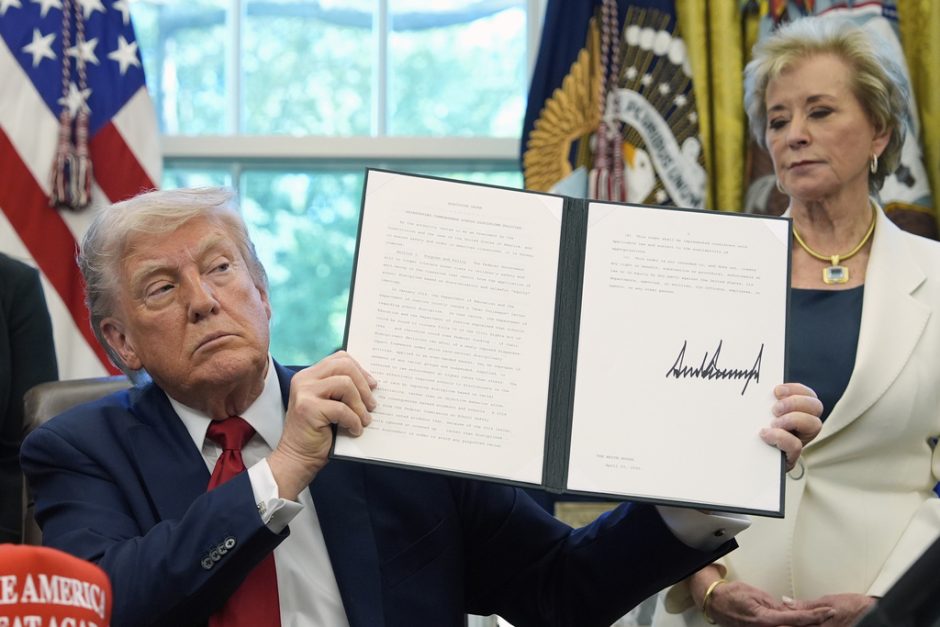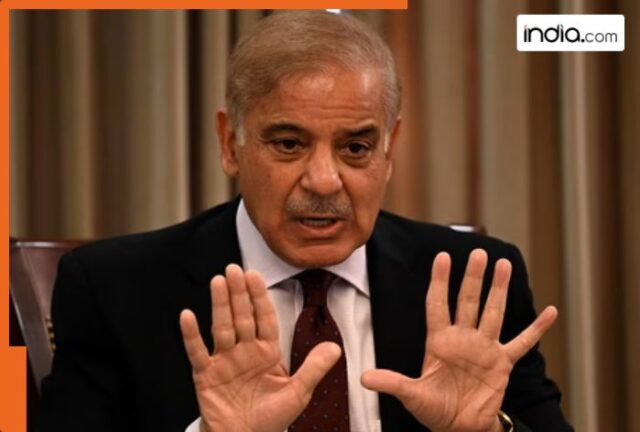Azad Kashmir, officially called “Azad Jammu and Kashmir” (AJK), lies in the southern part of POK. Despite the grand claim of “Azad” (meaning “free”), it is anything but independent.
When it comes to the map of Jammu and Kashmir, a vital truth often gets blurred under diplomatic caution and international distractions: Azad Kashmir and Gilgit-Baltistan are not independent lands, but territories illegally occupied and administered by Pakistan since 1947. Together known as Pakistan-Occupied Kashmir (POK), these regions are key parts of the erstwhile princely state of Jammu and Kashmir, which legally acceded to India. Their story is not one of free will, but of manipulation, political control, and the creation of a launchpad for militancy against India.
Azad Kashmir, officially called “Azad Jammu and Kashmir” (AJK), lies in the southern part of POK. Despite the grand claim of “Azad” (meaning “free”), it is anything but independent. Azad Kashmir has its own government, prime minister, and a legislative assembly, but all meaningful powers—especially defense, foreign policy, and constitutional matters—rest firmly in the hands of Islamabad. Pakistan’s Ministry of Kashmir Affairs effectively governs the region, ensuring that real autonomy remains a myth. The region covers about 13,297 square kilometers and is home to roughly 4 million people. Major cities like Muzaffarabad, Rawalakot, and Bagh serve as administrative centers, but the common people have little say over their political destiny.
In stark contrast, Gilgit-Baltistan, formerly known as the Northern Areas, occupies the vast northern expanse of POK, covering nearly 72,496 square kilometers—more than five times the size of Azad Kashmir. This mountainous region is strategically crucial, sharing borders with China, Afghanistan, and India’s Ladakh. Unlike Azad Kashmir, Gilgit-Baltistan is directly administered by Pakistan without even the facade of autonomy until 2009, when a limited self-governance order was introduced. Even today, the people there have no constitutional recognition within Pakistan and are denied representation in the Pakistani Parliament. Islamabad’s grip on Gilgit-Baltistan remains tight because of its immense strategic value: the Karakoram Highway passes through it, linking Pakistan to China’s Xinjiang province.
The difference between the two regions lies not just in their governance but in the scale of Pakistan’s strategic exploitation. Azad Kashmir, smaller and more populated, is often used by Pakistan as a propaganda tool to project an image of “Kashmiri self-determination.” Gilgit-Baltistan, on the other hand, is treated purely as a colony—a landmass valuable for its location, resources, and military advantage. While Azad Kashmir has managed to establish a limited local political structure, Gilgit-Baltistan remains disenfranchised, its people denied the basic democratic rights Pakistan claims to champion.
Moreover, both regions have been systematically used as breeding grounds for terrorism. Numerous militant training camps have been set up in Azad Kashmir by Pakistan’s Inter-Services Intelligence (ISI) to infiltrate trained militants into India. Areas such as Muzaffarabad, Kotli, and Bhimber are notorious for hosting terror outfits like Lashkar-e-Taiba, Jaish-e-Mohammed, and Hizbul Mujahideen. These groups are not hidden forces; they operate openly with support, recruitment drives, and even fundraising events under the watchful eye of Pakistani authorities. Meanwhile, parts of Gilgit-Baltistan have been quietly militarized to suppress local Shia Muslim populations and to secure critical land routes for Chinese interests under the China-Pakistan Economic Corridor (CPEC).
Historically, both Azad Kashmir and Gilgit-Baltistan were integral parts of the princely state of Jammu and Kashmir ruled by Maharaja Hari Singh. When Pakistan attempted to annex Kashmir through tribal invasions in October 1947, the Maharaja signed the Instrument of Accession to India, making Kashmir legally a part of India. However, in the chaos that followed, Gilgit-Baltistan witnessed a mutiny led by British officers in the Gilgit Scouts who handed over control to Pakistan.
Azad Kashmir, meanwhile, was born out of a Pakistani-orchestrated conspiracy during the same period. As Pakistani tribesmen, armed and directed by Pakistan’s military establishment, stormed into Kashmir in a brutal campaign of looting and violence, a local rebellion was simultaneously encouraged in the western districts of the princely state. Supported by Pakistan’s army officers disguised as “volunteers,” insurgents proclaimed the creation of a so-called “Azad Kashmir” government on October 24, 1947, at Muzaffarabad.
However, far from being an organic uprising, the rebellion was deeply engineered by Pakistan to establish a puppet administration that could be used to claim the territory as a “people’s movement.” The newly declared government had no real independence; it became, and remains, completely subservient to Islamabad’s political and military interests. India, defending the legitimate accession signed by Maharaja Hari Singh, deployed forces to repel the invaders, but by then, Pakistan had entrenched itself in parts of the region, leading to a bitter and unfinished conflict that endures till today.
Today, Pakistan tries to portray these regions as expressions of Kashmiri nationalism, but the reality is much grimmer. Azad Kashmir and Gilgit-Baltistan are denied true freedom and rights by Pakistan itself. Elections in Azad Kashmir are heavily rigged, with candidates required to swear loyalty to Pakistan—a direct contradiction to the very notion of “self-determination.” In Gilgit-Baltistan, demographic manipulation is underway to dilute local ethnic identities, with outsiders being settled to shift the population balance.
India’s rightful claim over these territories is rooted in both history and legality. The 1994 unanimous resolution passed by the Indian Parliament asserts that Pakistan must vacate all parts of Jammu and Kashmir under its illegal occupation. The world must recognize that Azad Kashmir and Gilgit-Baltistan are not mere “disputed territories” but lands awaiting liberation from Pakistan’s oppressive hold. Their people deserve democracy, dignity, and development—values that align with India’s constitutional framework, not Pakistan’s exploitation.
In this context, India’s policy must remain firm: any dialogue with Pakistan must start with the complete vacation of POK. The voices from Muzaffarabad to Skardu must be heard, and the dream of a reunited Jammu, Kashmir, Gilgit, and Baltistan must continue to inspire every Indian heart. The unfinished task of 1947 must not be forgotten—for the sake of justice, national unity, and the rightful aspirations of millions living under a foreign flag.
——–E.O.M.

















































